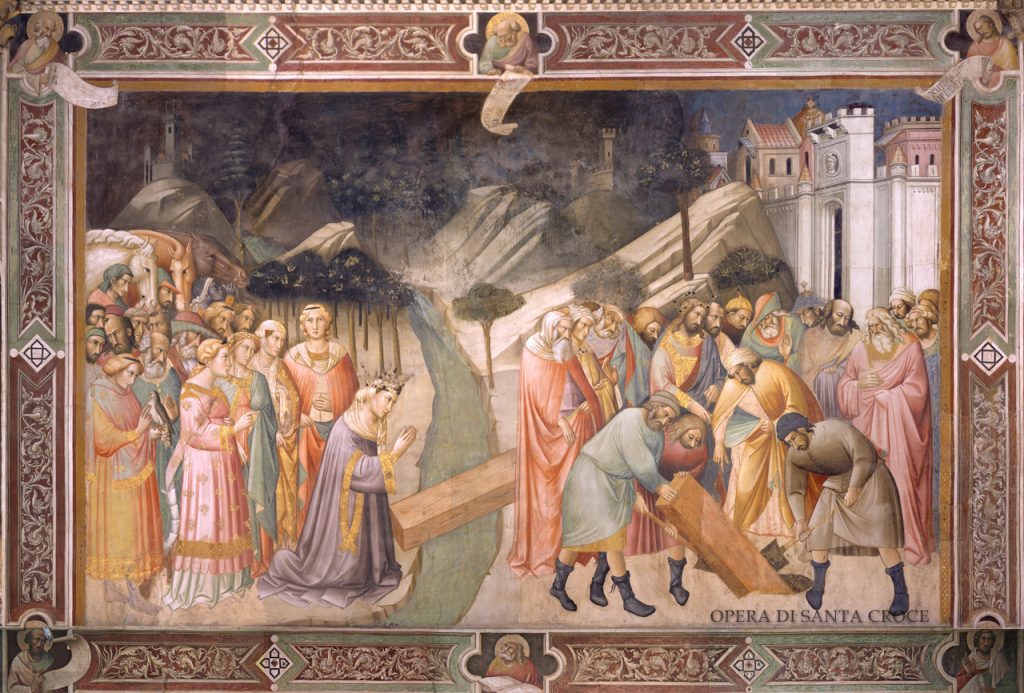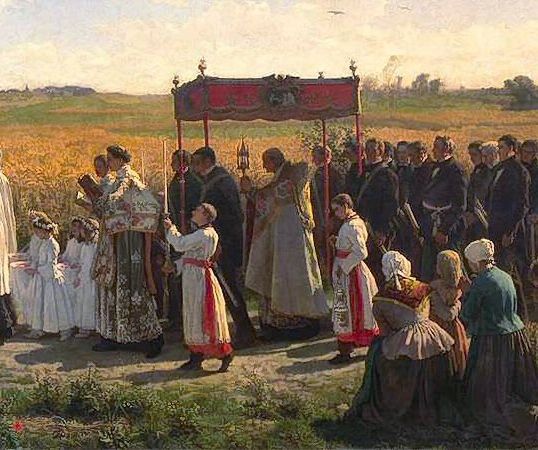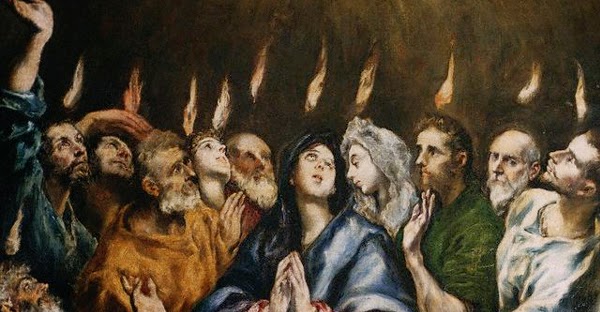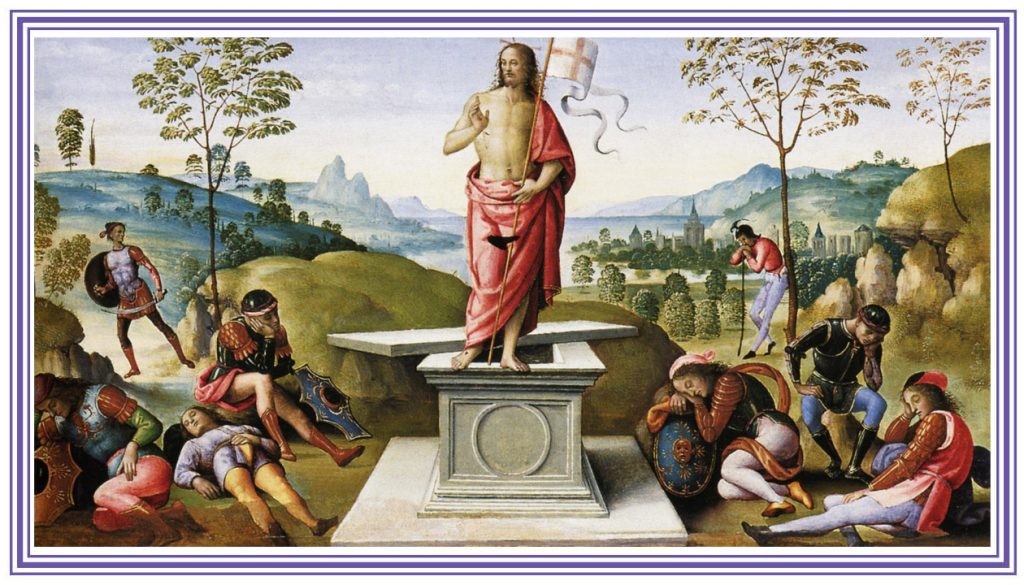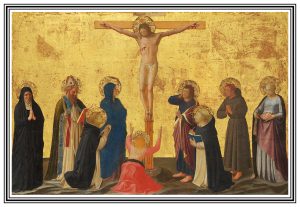The fall schedule of High and Low Masses at St. Stanislaus Church in New Haven (State Street at Eld Street) will commence with an external celebration of Solemn High Mass for The Feast of the Exaltation of the Holy Cross on Sunday, September 17, at 2:00 pm. Father Richard G. Cipolla, Pastor Emeritus of St. Mary’s Church, Norwalk, will be the celebrant and homilist. The Schola Cantorum of the St. Gregory Society will sing the Gregorian chant for the service.
The Feast of the Holy Cross commemorates the finding of the True Cross by St. Helena, Mother of the Emperor Constantine, who erected churches upon the sites of the Holy Sepulchre and Calvary. The dedication took place on the 13th and 14th of September of 335. In this feast we memorialize Christ’s death on the Cross, which was at once His sacrifice and His victory. He Himself foretold on the eve of His Passion: “The prince of this world is to be cast out. Yes, only if I am lifted up from the earth, I will attract all men to myself.” (Gospel). St. Paul also points out that the law of exaltation through suffering may be said to have governed the whole of Christ’s life (Epistle), and draws the moral that “it behooves us to glory in the Cross of our Lord Jesus Christ” (Introit).
The external celebration of this feast has special significance for the members and friends of the St. Gregory Society. It was on this feast day in 2007 that Pope Benedict XVI’s apostolic letter Summorum Pontificum went into effect, granting all priests of the Latin rite Church the right to celebrate Mass in the traditional Latin form and the faithful to request such celebrations be regularly available in their parishes. It is, therefore, a most fitting occasion for us thankfully to rejoice in the Holy Father’s provision for widespread use of the traditional Roman liturgy.
Music for the service will include Gregorian Mass Ordinary XI (Orbis factor), the motets “O Crux ave” (Anonymous) and “Adoramus te, Christe” by Vincenzo Ruffo, , the Gregorian chant propers for the feast (“Nos autem gloriari,” and organ music by Girolamo Frescobaldi and Claudio Merulo.

